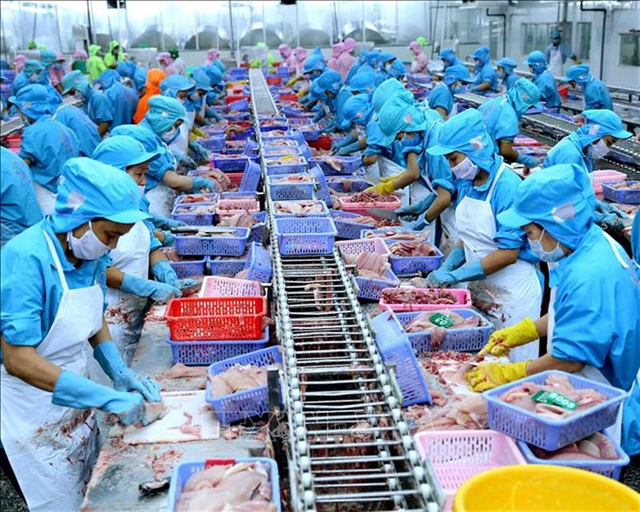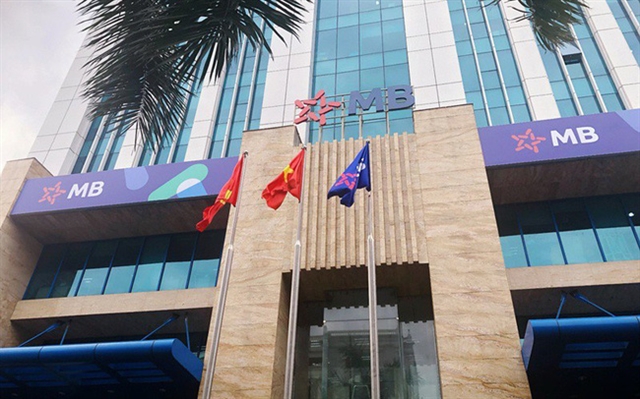
HÀ NỘI — The Việt Nam Business Forum (VBF) on Thursday launched the second edition of the Made in Việt Nam Energy Plan (MVEP 2.0) which recommends a diversified energy system prioritising domestic energy resources.
The new plan has been developed during a time of fast-paced transition towards renewable energy in global and local markets.
The report was conducted by VBF members – a high-level policy dialogue channel between the Government and business community in Việt Nam which include 15 domestic and foreign business associations.
At the launch ceremony in Hà Nội, a representative of VBF Virginia Foote said the rapid depletion of fossil-fuel-based power has urged the need to transition to renewable, clean and safe energy sources. This strategy has also great significance in protecting the environment.
The authorities should encourage the use of rooftop solar panels and even expand it into widespread movements in society, the representative said.
John Rockhold, head of VBF’s Power and Energy Working Group, said Việt Nam has great potential for developing clean electricity from water, wind and solar resources. The opportunity to build gas and battery plants for renewable power is very feasible and many investors are keen on investment in this sector.
According to the report, technologies for sustainable energy such as solar, wind and lithium-ion battery storage once thought only to become economically feasible by the late 2020s or 2030 have decreased drastically in cost and accelerated in scale. Such energy sources are now frequently outcompeting unsubsidised fossil fuel power.
Rockhold said it is necessary to have appropriate mechanisms and policies in place to encourage and motivate investors to shift from considering to making investment decisions.
He emphasised the urgent need to invest in transmission systems in the face of rising power demand. And while the State investments are limited, the public-private partnership is necessary, he said, adding the role of the private sector in management and power distribution should be enhanced.
The private sector could do a lot of work on energy projects in a short period of time, Rockhold said, noting after the Feed-in-Tariff (FiT) mechanism was issued in September 2016, the private sector has installed approximately 5.2GW of solar energy.
The number will continue to increase in the future together with the transition to using gas as the base-load power source to support dozens of proposed renewable energy projects, he said.
“Therefore, more than ever, promoting public-private partnerships in renewable energy development is necessary at this time.”
MVEP 2.0, based on the ground breaking 2016 edition (MVEP 1.0), recommends Việt Nam to priortise renewable energy in national power planning, increase use of natural gas as the current best-fit base-load for renewable energy, construct a regulatory and permitting environment that attracts private sector and smaller scale off-grid investment in clean energy generation and energy efficiency, invest in grid infrastructure to improve stability and capacity, and halt new approvals for coal.
The report also suggests key policy actions and implementation of regulatory frameworks and incentives that encourage investment in renewable energies and help Việt Nam move toward a more sustainable energy future.
The report is considered in line with Việt Nam’s new strategy orientations for national energy development through 2030, vision to 2045 which was signed by the Politburo on February 11.
The strategy aims to diversify sources of energy and effectively use renewable, clean and new energy sources while calling all economic sectors, especially private businesses, to invest in energy projects. — VNS































